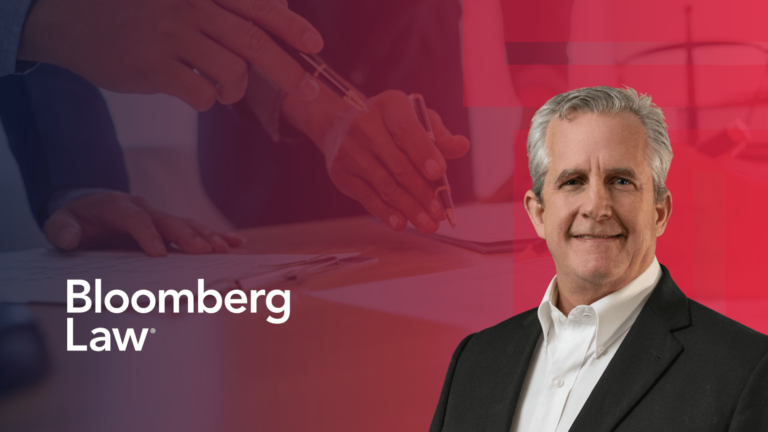End user c ustomers of a software vendor typically request that the solution vendor contractually agree to a defense and indemnification obligation for claims brought by a third party alleging infringement of that third party’s intellectual property rights relating to software provided by the solution vendor. Because such a defense and indemnification obligation may be subject to a higher or unlimited cap on contractual liability, the solution provider will need to fully understand the impact of providing such a request.
ustomers of a software vendor typically request that the solution vendor contractually agree to a defense and indemnification obligation for claims brought by a third party alleging infringement of that third party’s intellectual property rights relating to software provided by the solution vendor. Because such a defense and indemnification obligation may be subject to a higher or unlimited cap on contractual liability, the solution provider will need to fully understand the impact of providing such a request.
Under circumstances where the vendor is providing software that is solely developed by the vendor, the vendor is more willing to provide such protection with appropriate carve-outs (e.g. excluding the combination, operation or use with software, hardware or systems not provided to the end user by the vendor). However, under circumstances where the vendor is providing not only its internally developed proprietary software, but also, as part of the solution for the end user, software of third party providers, the agreement by the solution vendor to provide a wholesale indemnification becomes more complex.
Consideration regarding the extent to which a software vendor will provide defense and indemnification obligations to the end user for third party software provided by the vendor to the end user depends on a number of factors, including:
- The availability (to the extent not embedded within the vendor’s software solution) of the third party software directly from the third party software provider; and
- The extent to which a “piggy-back” indemnification is provided from the third party software provider to the solution vendor.
Availability of Third Party Software Other than through the Solution Vendor. To the extent that the third party software is not embedded within the vendor solution, and is available directly from the third party software provider or such third party provider’s distribution channel (other than through the end user solution vendor), the solution vendor has the option of directing the end user to an alternative source for the third party provider software— thereby avoiding the any direct obligation to the end user for claims relating to the third party provider’s software. The pitfall in this approach is that the end user is likely looking to the vendor to provide a total “solution”, and not a piecemeal approach to their business requirements.
Piggy-Back Indemnification. Prior to vendor providing a defense and indemnification obligation to an end user for software that is not independently developed by the solution vendor, the vendor should ensure that its agreements with the respective third party providers of software to be provided as part of the vendor solution to the end user includes a defense and indemnification obligation from such third party provider to the solution vendor. When considering such third party obligations, it is important to note the carve-outs from any such third party provided obligations. For example, one should ensure that the third party is not only indemnifying for its proprietary software in a stand-alone scenario, but that such indemnification will also include use of the third party product in conjunction with the vendor’s software solution. Consideration of such factors could be determinative in a later defense of an infringement indemnification action.
The extent to which a solution vendor may provide any defense and indemnification obligation to its end user customers ultimately comes down to a risk vs. benefit analysis, taking into account such factors as availability of “piggy-back” indemnification from the third party provider, length of time of the third party provider’s software product in the market place (and related history of infringement claims with respect to that provider’s product), and the extent to which any such defense and indemnification obligation is contractually limited.

Kevin Sheldon is a former computer programmer turned technology and IP lawyer. His clients gain valuable benefit from his years of experience in software licensing, outsourcing and other complex technology transactions. He is currently recognized as one of the “Best Lawyers in America” for Technology Law, as published in Best Lawyers in America by Woodward/White, Inc. (2015-2016).






